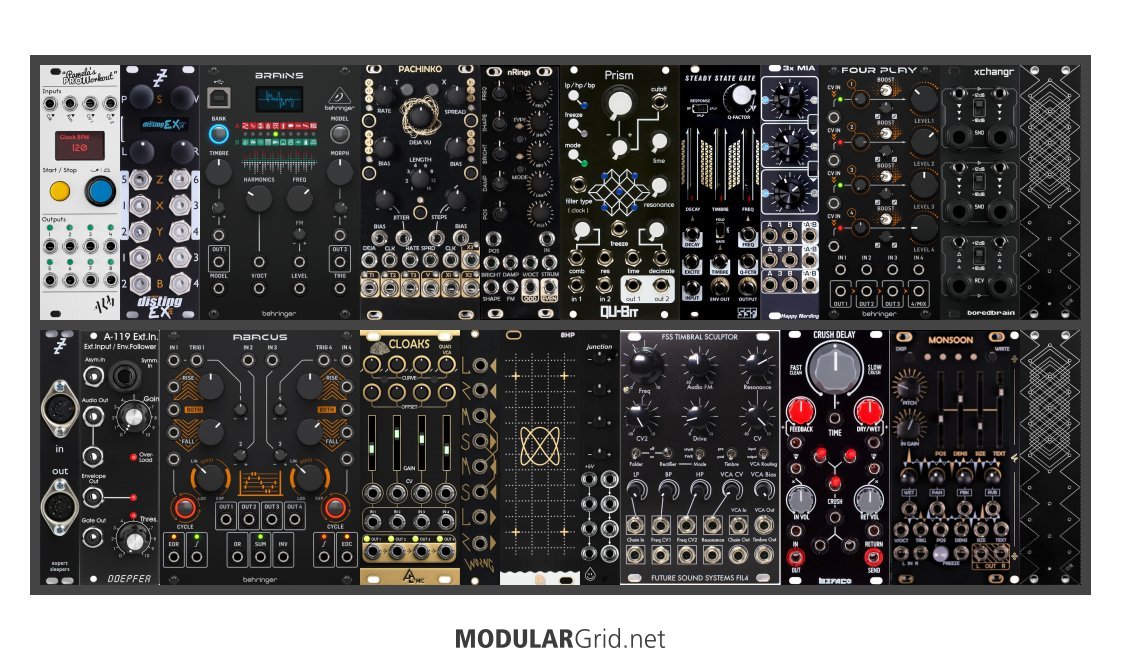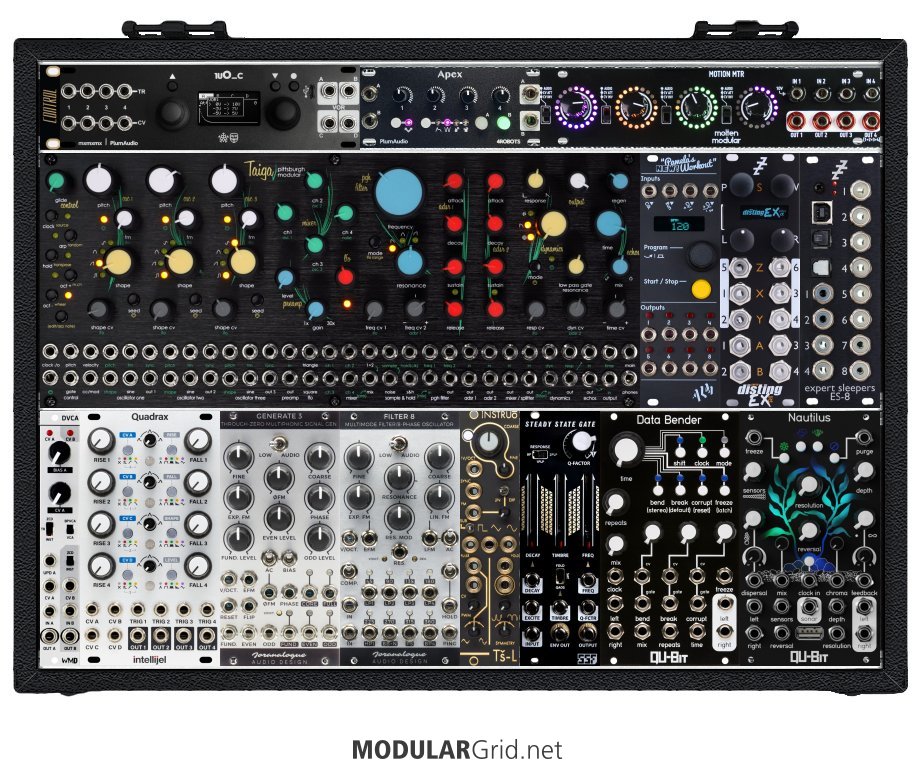Can’t see th Mantis cases available anywhere in Australia yet)
they tend to go in and out of stock quite a bit - like everything in eurorack they're made in batches and when they sell out it can be a while before another batch gets built and shipped
I may be a bit confused with the difference between VCAs and attenuverters, if both have CV inputs, aren’t they the same - only attenutervers are bipolar?
VCAs are generally known as voltage controlled amplifiers, although a majority have a maximum amplification of 1 and are more correctly voltage controlled attenuators (which isn't necessarily a bad thing - as often that's all that is needed)
unless a specific attenuverter is described as voltage controlled, it won't be.. it'll be manual - the MIAs and the SAM are both manual
the (now discontinued) mutable blinds is an example of a VC Attenuverter... doepfer also make 1 - they are better used for modulation than for audio as they have a tendency not to close fully
Yes, you’re right the motu does have DC-Coupled outs, perhaps I could get away with ditching the ES-3. However, I’m also thinking about send audio through these outputs, would I need dedicated modules to boost the motu outputs to modular level? If so, it may end up costing the same as the ES-3.
which is why I was suggesting a mutable veils clone... as they have 20dB+ gain on each channel
To be honest, I wasn’t thinking about CV at all but moreso processing audio from Ableton through the case. And processing outboard gear via Motu to the case…
Maybe I should instead add another 2xSAM - these can apparently be configured to be a line-modular boost via jumpers on the back.
if that's the case then not a bad idea
So, this is my updated case, not sure if you can see the modules to the side, but my most recent omissions are the 100 Grit, swapped for the Steady State Gate, removed Worng Acronym (I really wanted this but can’t justify the price for an OSC), and took out the FX Aid, in the hope that Monsoon (Clouds) can cover reverb duties, and any time based FX not covered by Clouds, Prism or Crush Delay I could hopefully get out of Disting EX.
However - I think something/s else needs to go.
I would just buy less to start with - a sound source, a modulation source (I'd go for Maths - but don't expect to find a Black & Gold one - they're only available as part of the shared system - and if they do turn up for sale used they often cost double a normal maths), a sound modifier, you've already got a way to play in the keystep pro etc, a quad cascading vca - which can be used as a mono output for now and a few utilities - a simple dc-coupled mixer, a mult, a 3*MIA or similar and then add modules when you've learnt those modules inside out and as you find you need things...
Wondering people’s opinions of what is more valuable out of Pachinko (Marbles) and Pam’s Pro workout, and also if you think I need the 0chd?
both are useful... I have both a PNW and Marbles - never used PNW for looping random quantised pitch though - as I have Marbles for that...
Seems like I have a lot of LFO modulation?
not really - just count up the number of modulation inputs on the other modules...
Considering that - I have outside gear that can seq trigs/CV, albeit limited with minimal Euclid/random functions - such as: Keystep Pro, MicroFreak, DFAM, Neutron via midi input and a soon to be modded Roland MC202 with new Tubbutec seq, even the Roland TR8S can switch it’s individual outs to trigs.
all more or less useful - depending on your workflow...
Also, what specific utilities you would add to this?
I guess I need a mult, mutes/a-b switch? Anything else? Maybe a S&H?
mult probably - a passive (or stackcables or headphone splitters) to start - a buffered one if you need it - I find Maths benefits from a buffer when connecting it's outs to some modules
mutes - not necessarily, unless you feel you need them...
a-b switch - I've always liked sequential switches myself - doepfer does a decent inexpensive bi-directional one
Also - I’ve got the 3xMIA there to double as extra VCAs/mixer - can these also be used to reduce voltage down to line level? - for example plugging into an external sampler/looper
EDIT - OK, as I was typing that I realised the answer is likely no.
kind of but probably not very precise - 3*MIA isn't a VCA though - no VC!
"some of the best base-level info to remember can be found in Jim's sigfile" @Lugia
Utility modules are the dull polish that makes the shiny modules actually shine!!!
sound sources < sound modifiers < modulation sources < utilities






